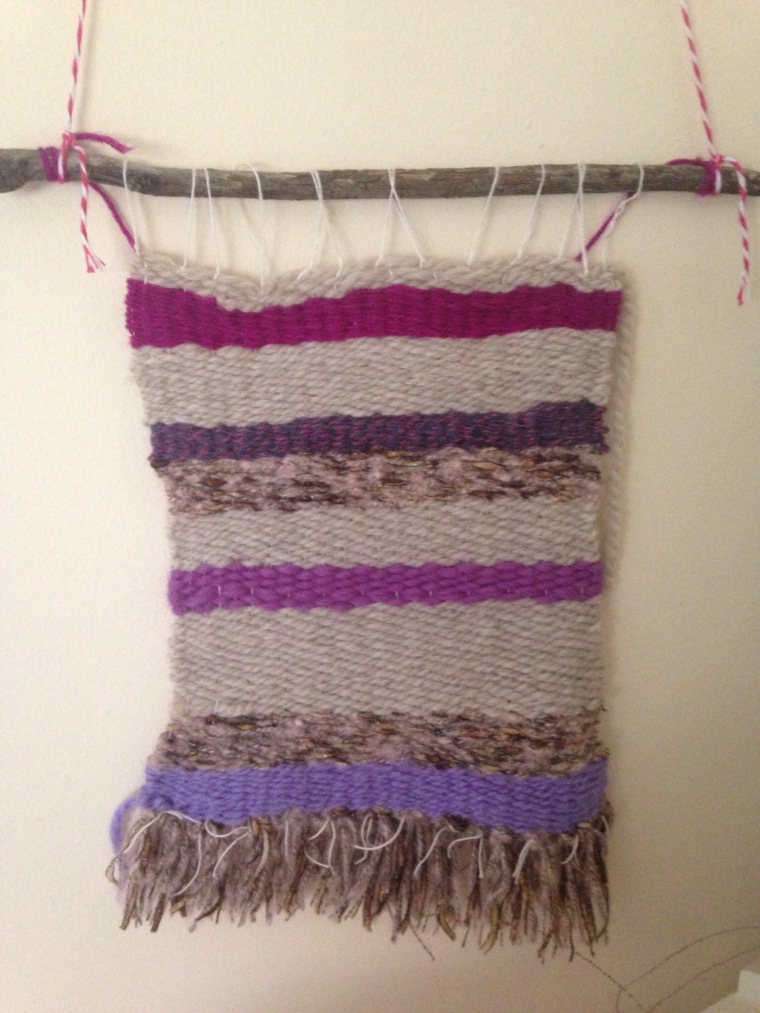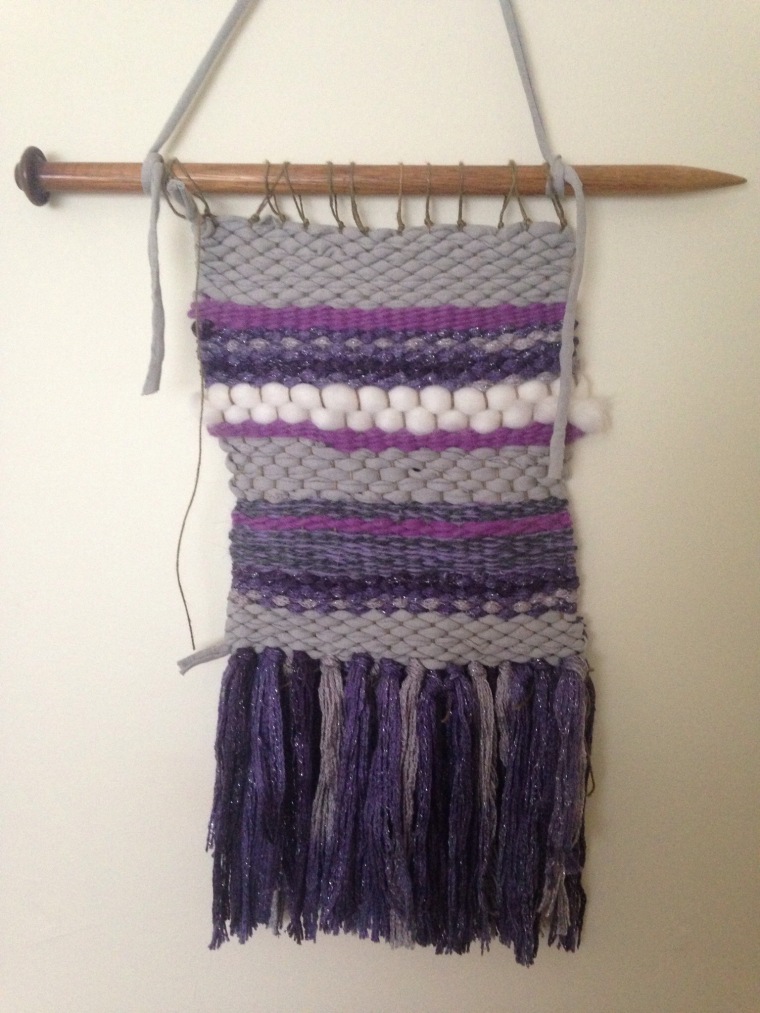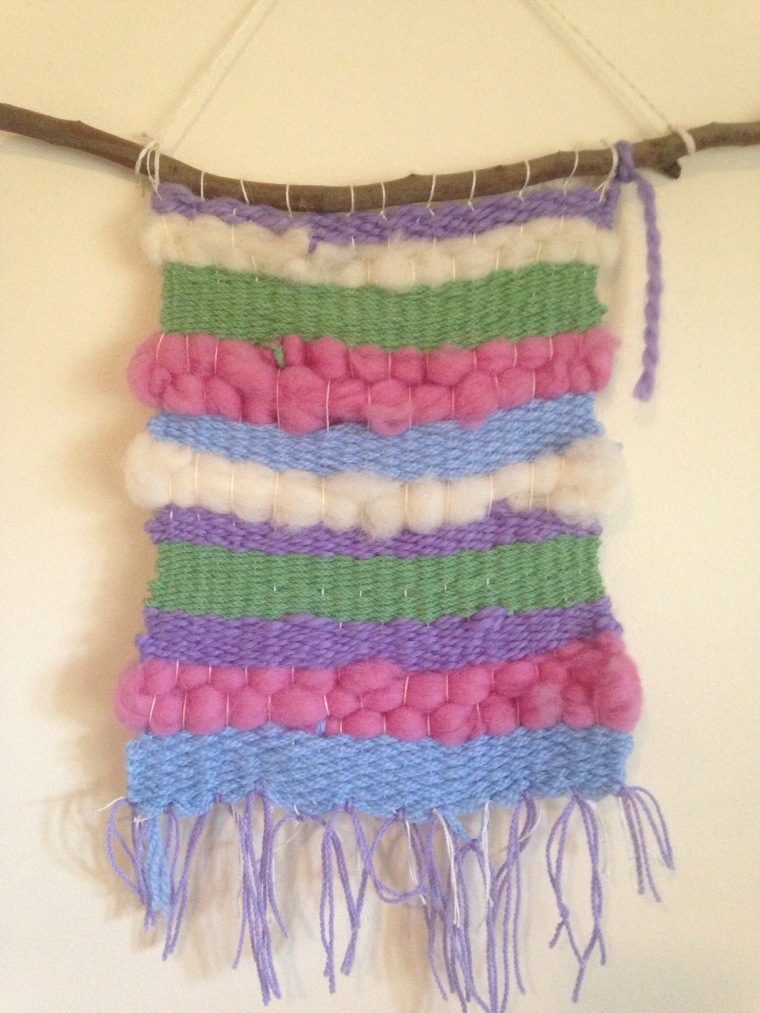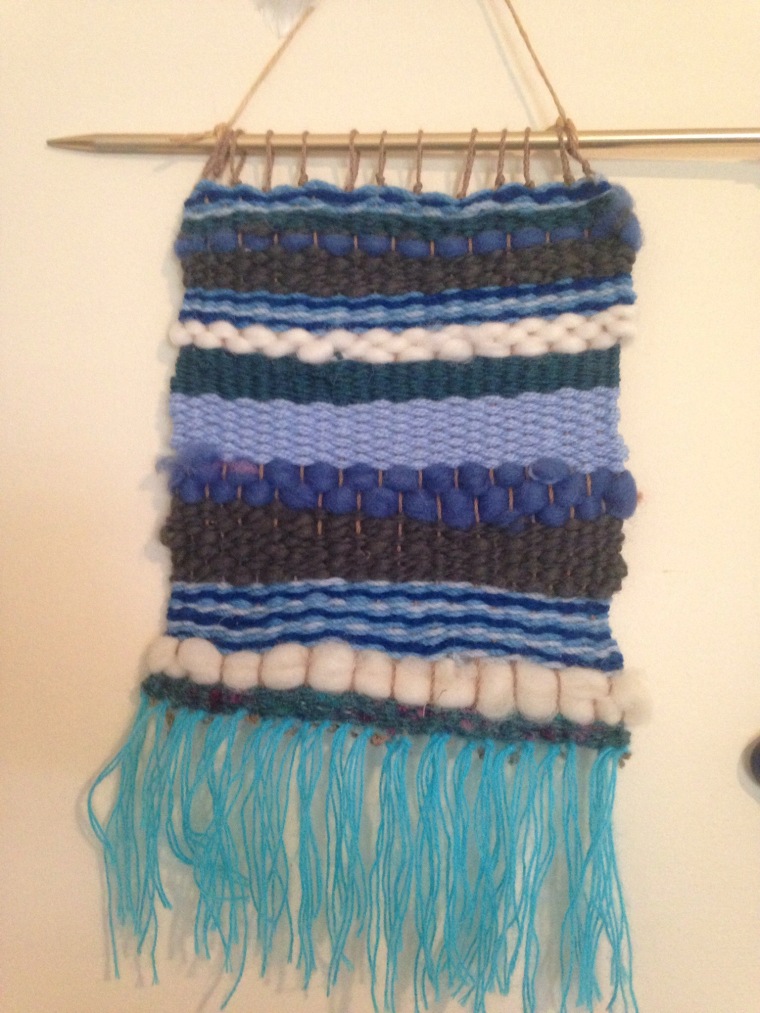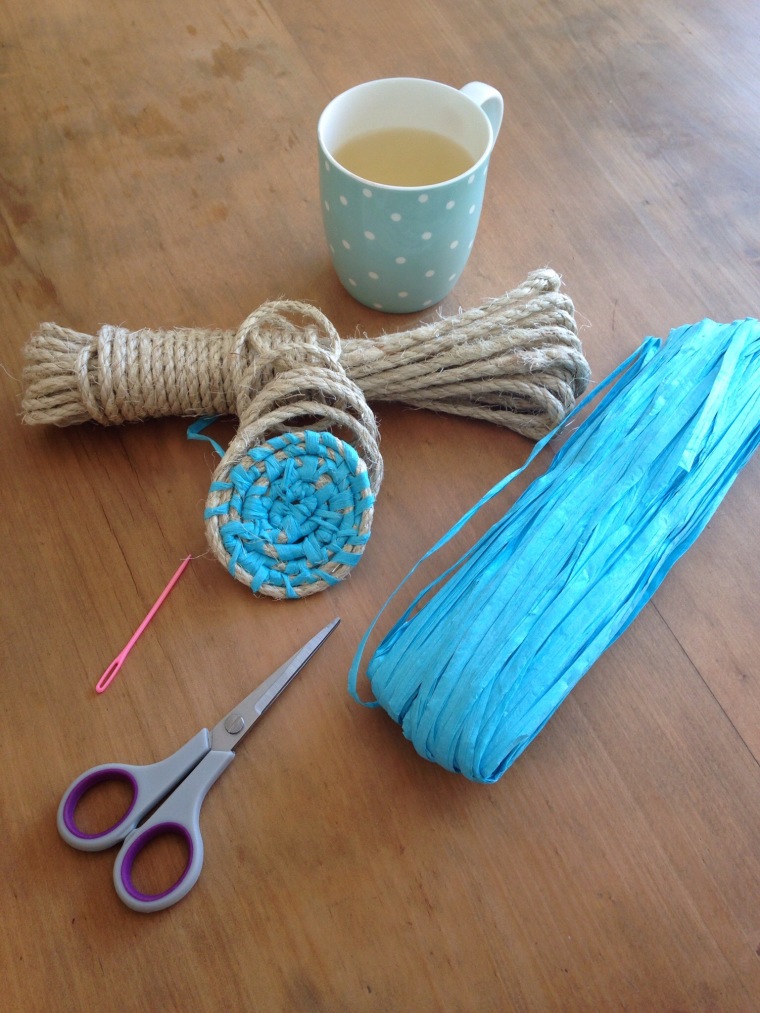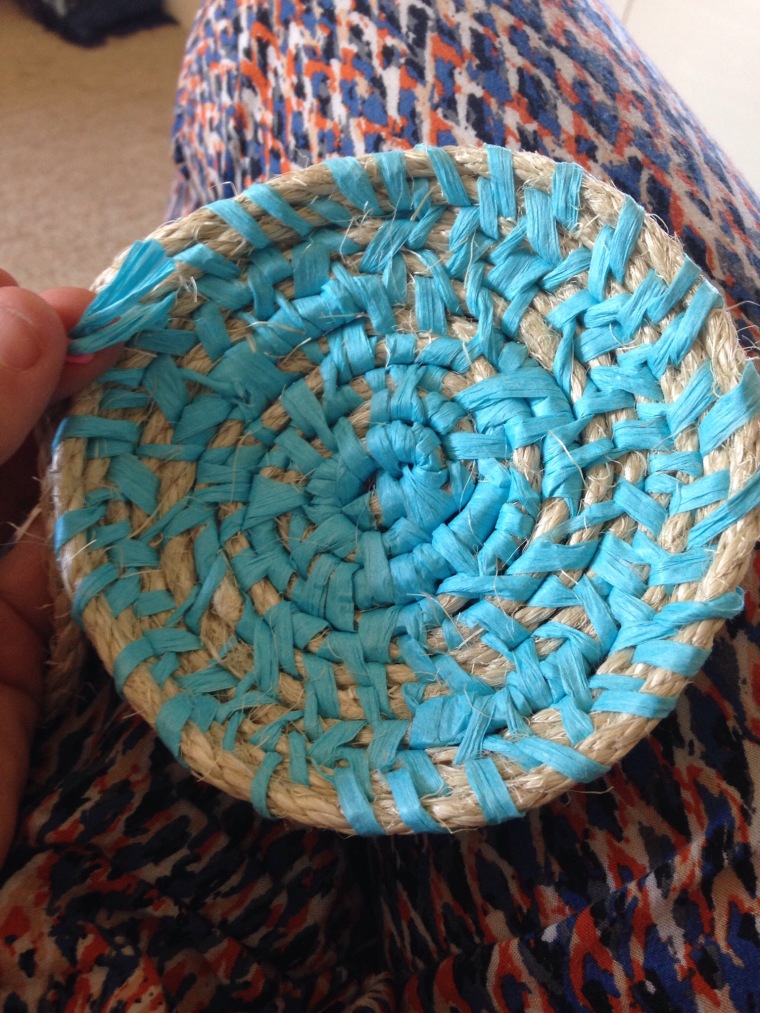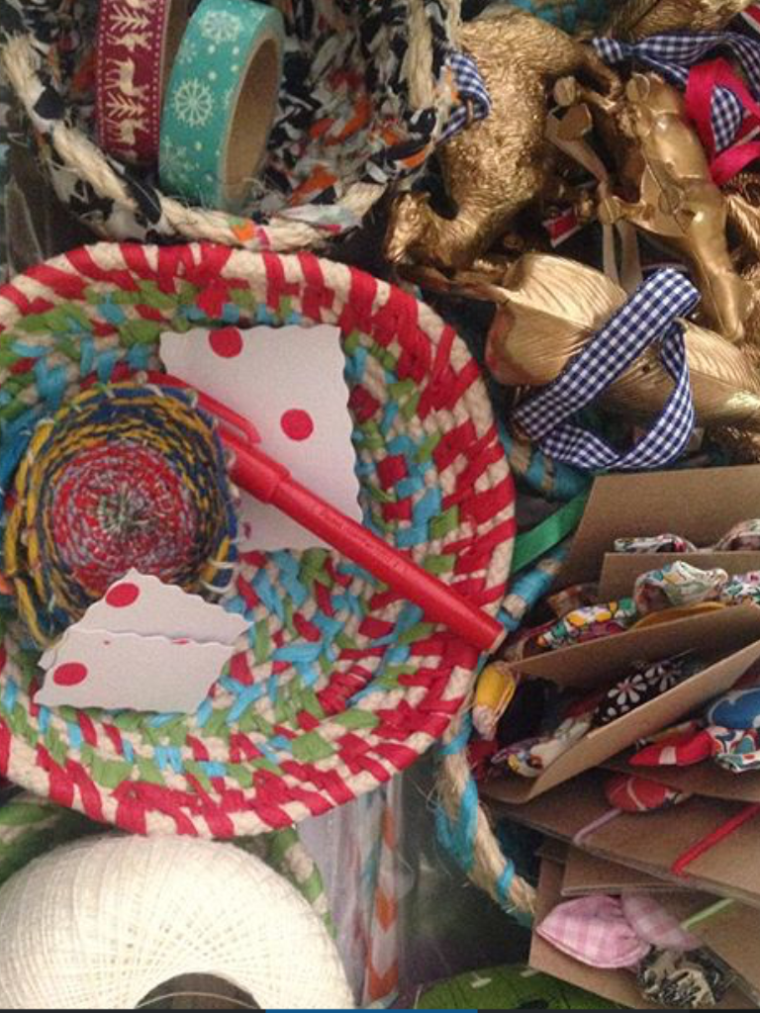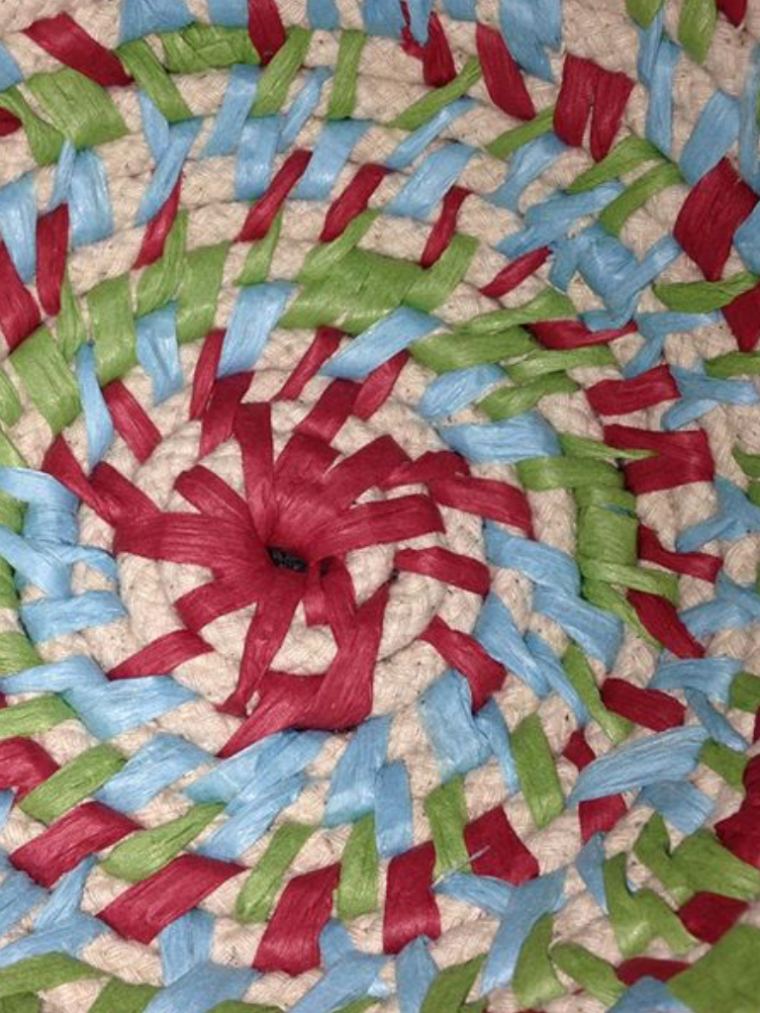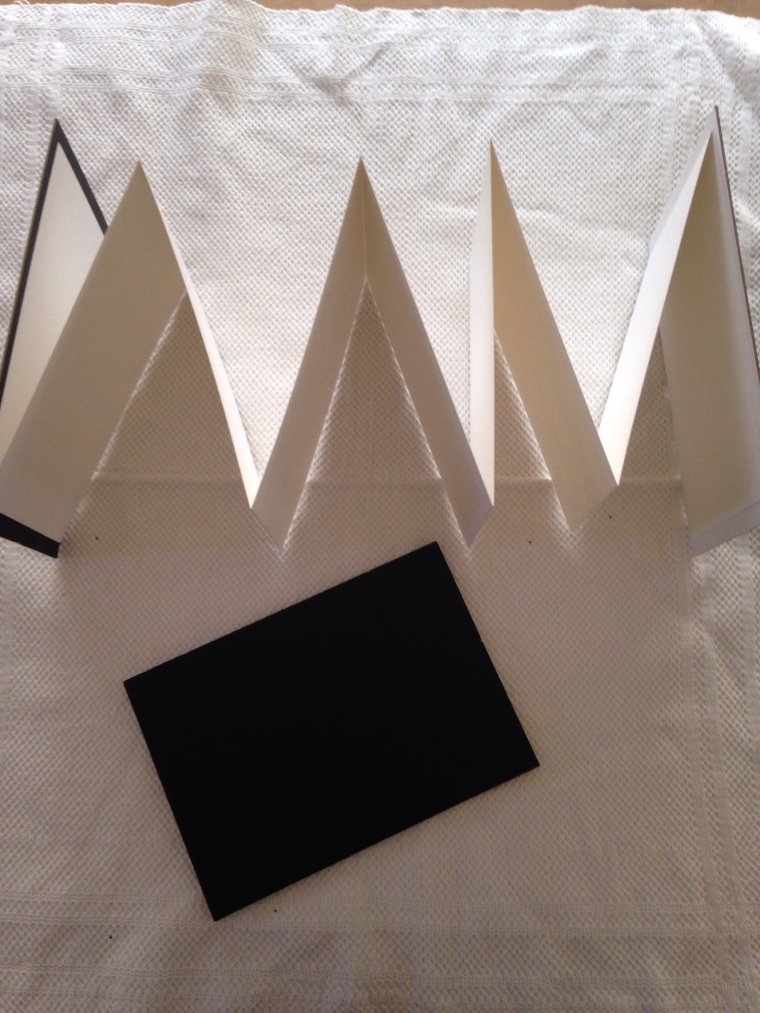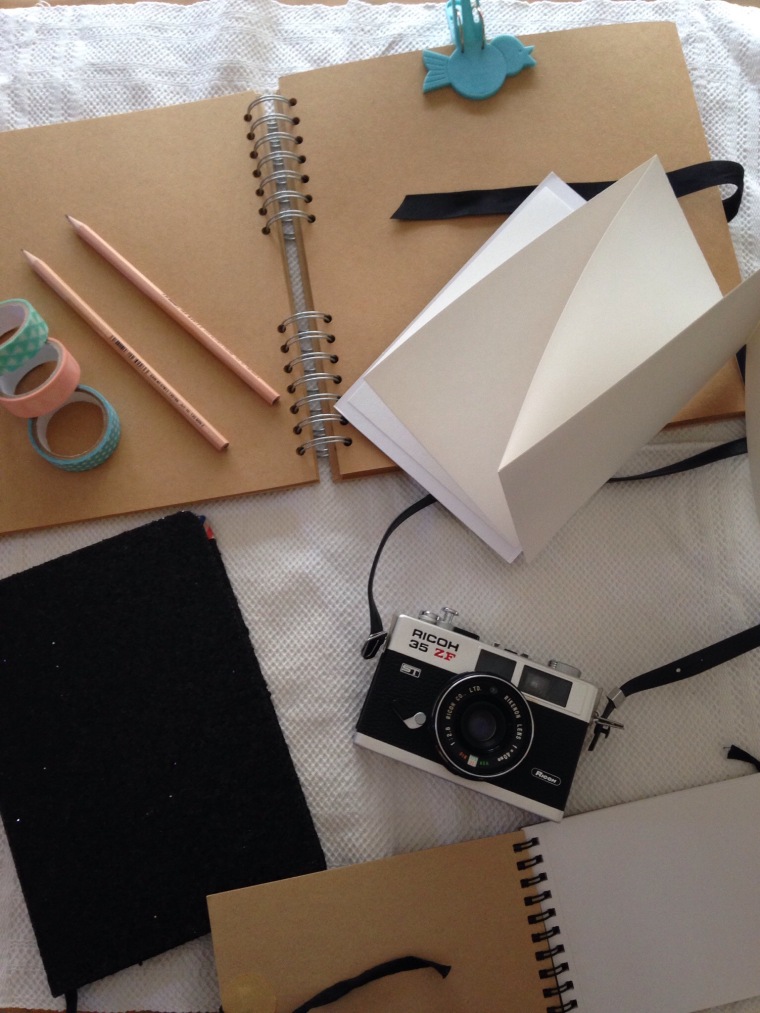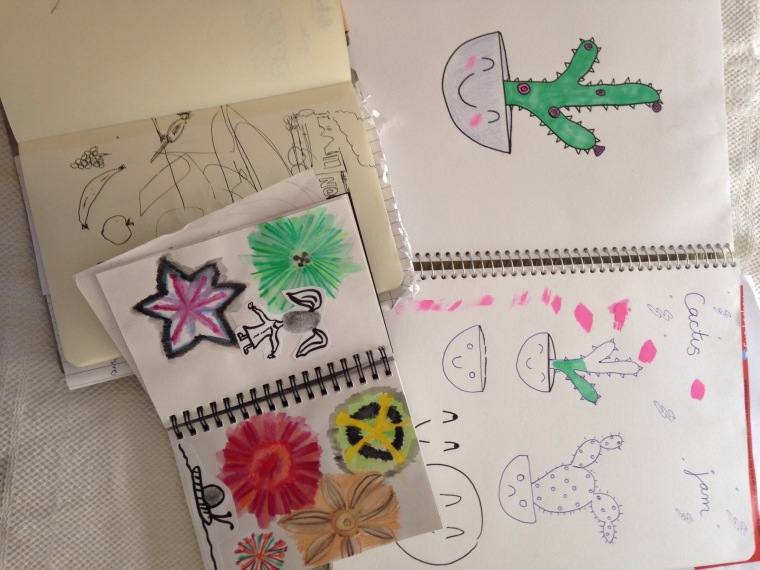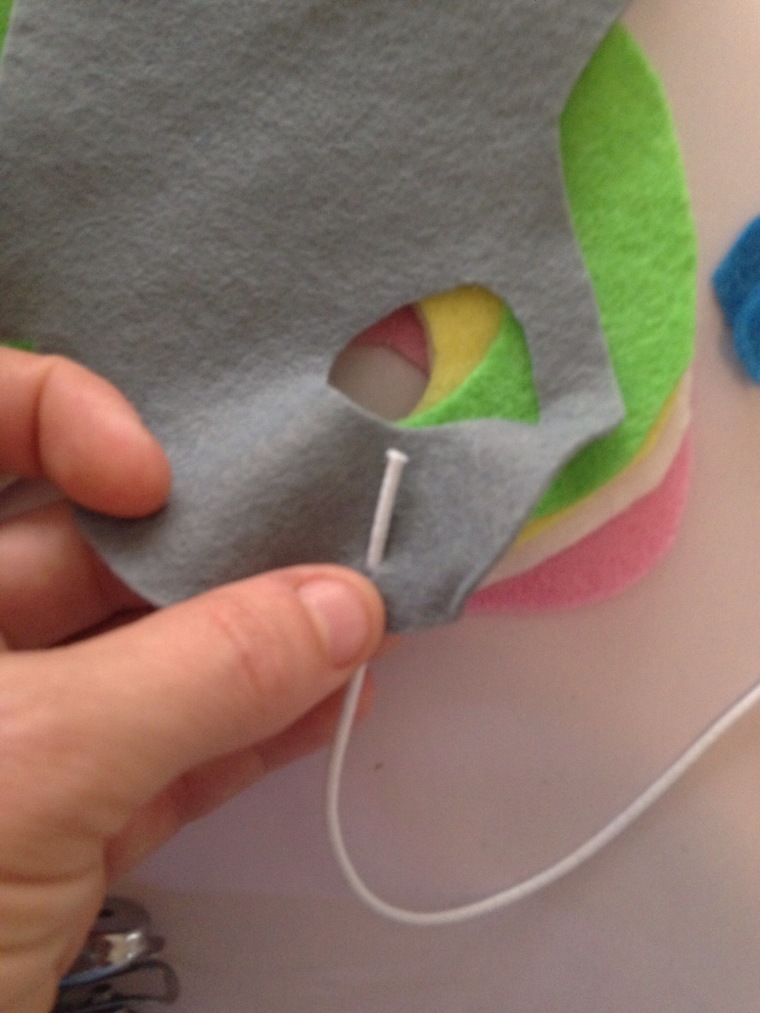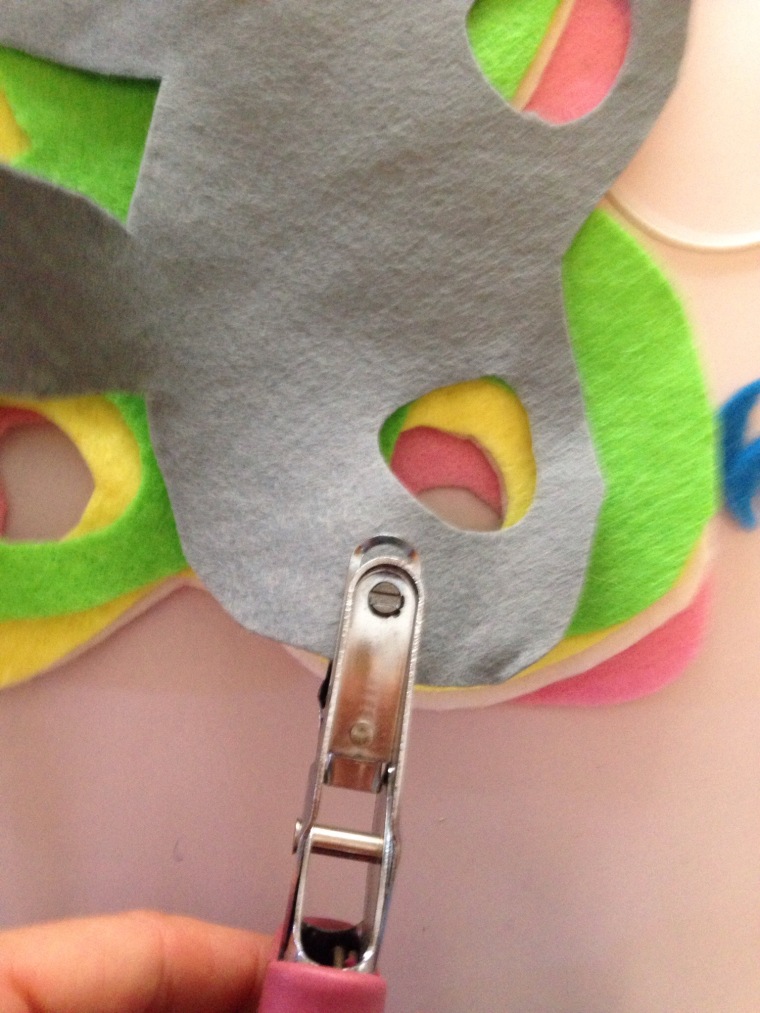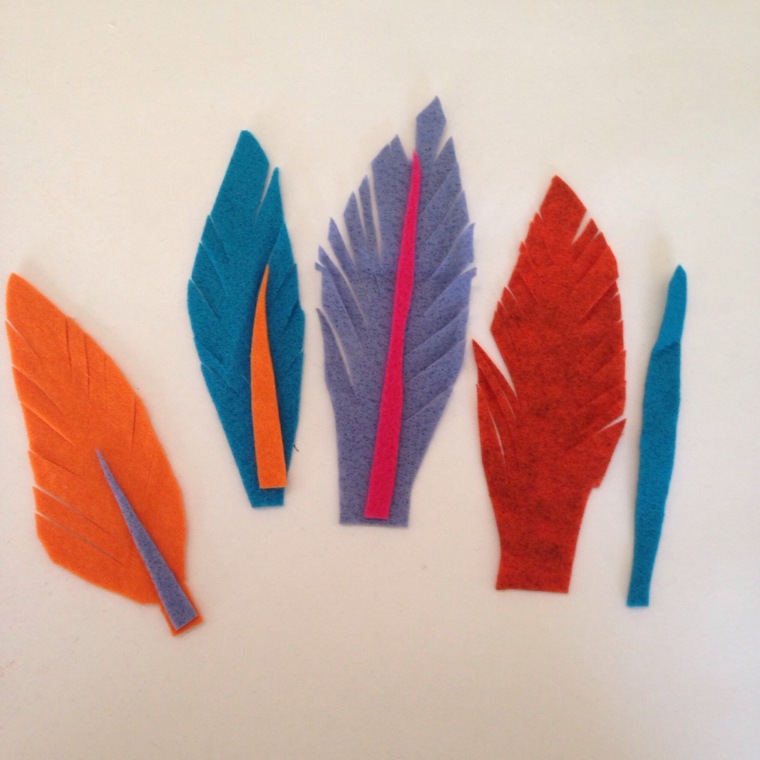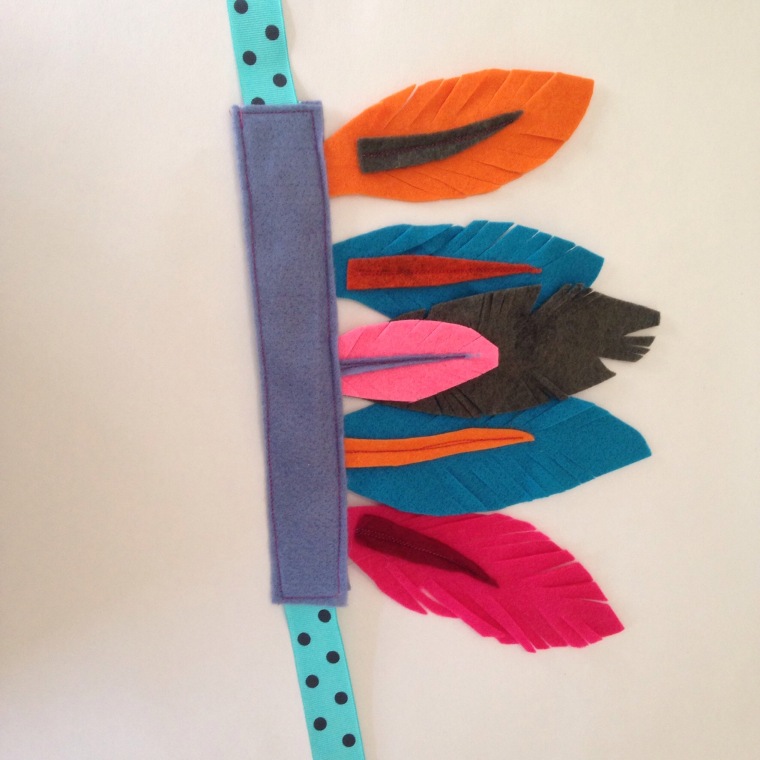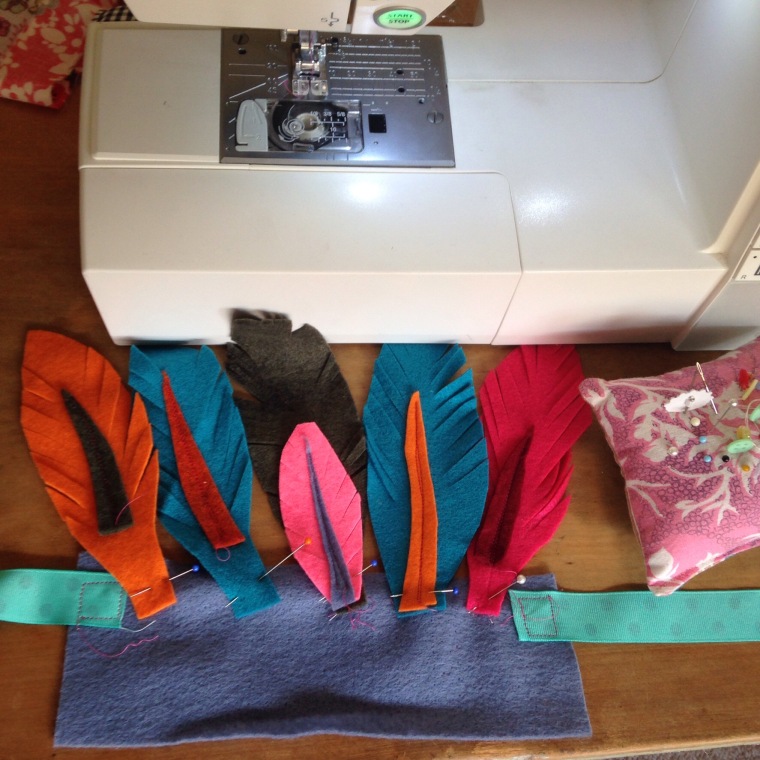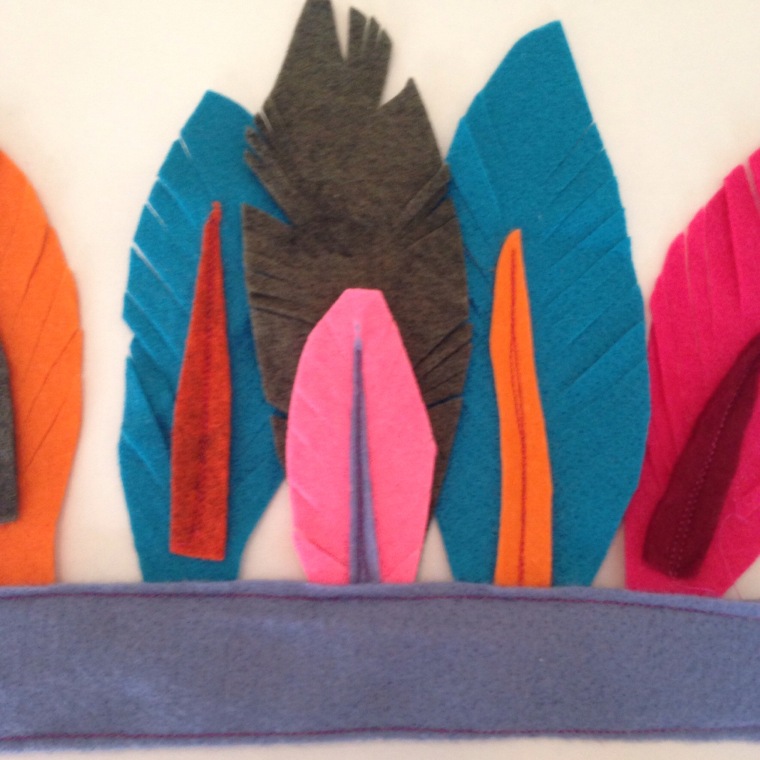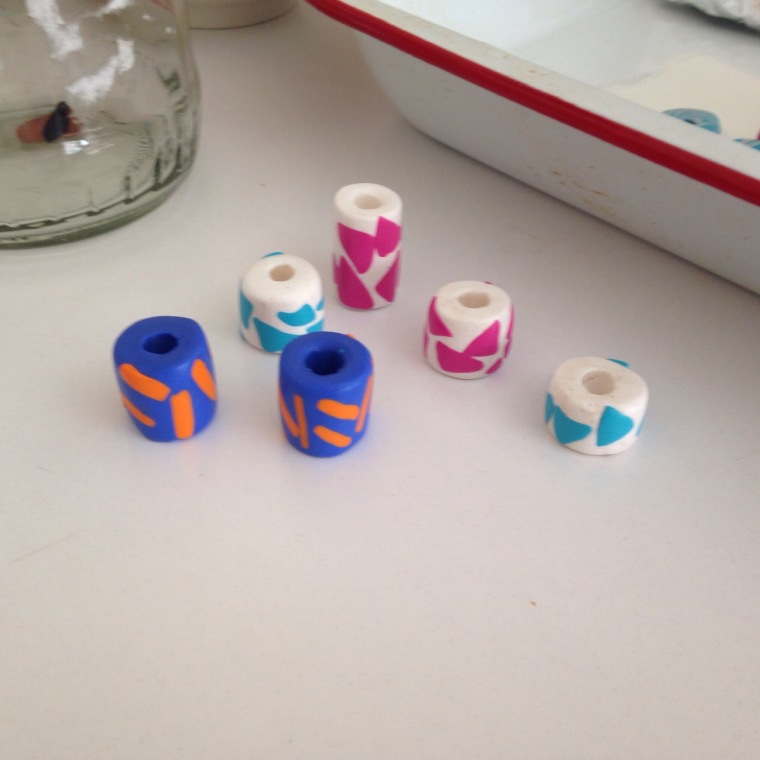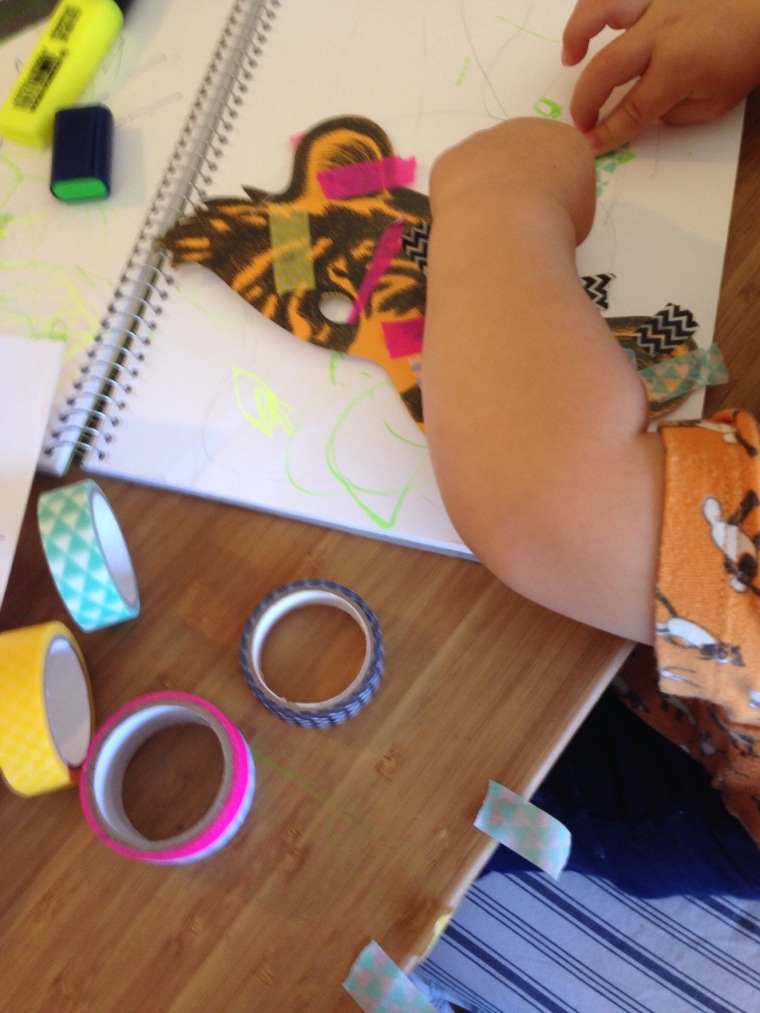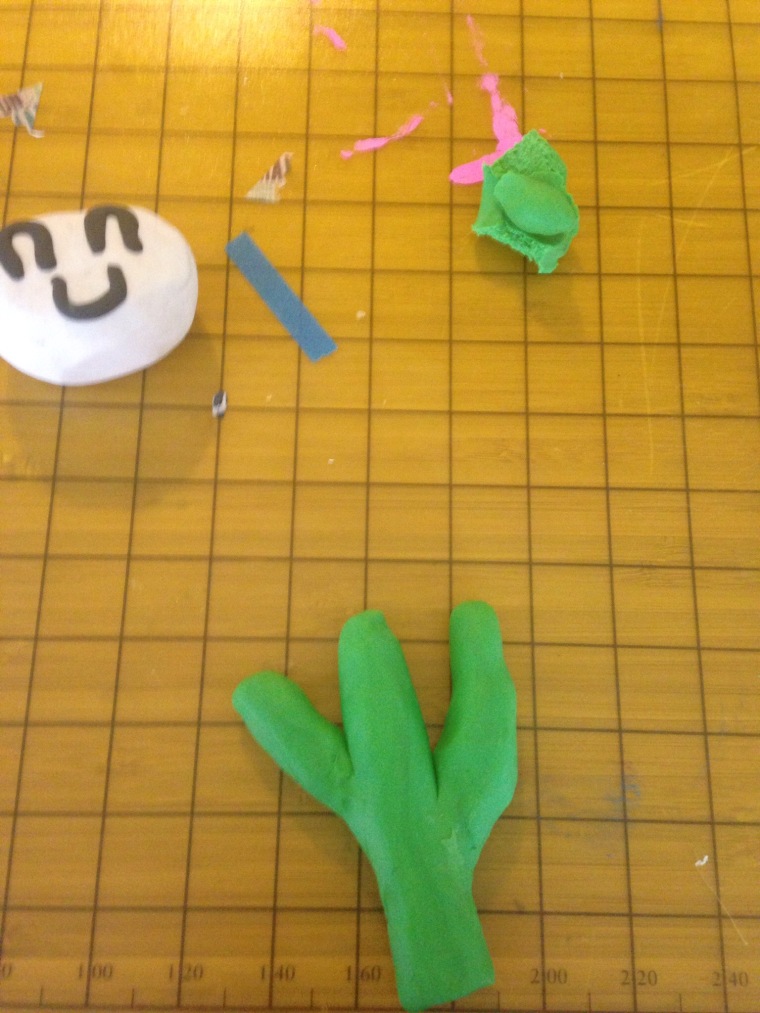I recently purchased a loom from the other side of the country. I wanted a loom that was made of wood, looked cute and had some fun accessories to accompany it. It is lucky that we have so many great online shopping sites that allow us to purchase items from anywhere we like.
This item came handmade from Russia. There was something that drew me in when I read the ‘handmade in Russia’ label and saw the whimsical photos that accompanied. Photo’s of a youngish girl wearing a long dress, sitting in a field of wildflowers weaving with pastel wool. She had such lovely long wavy hair. You couldn’t see her face but just new she was a natural beauty. Straight away i pictured myself sitting in this field, enjoying the sunshine, smelling the flowers and weaving until my heart was content. What a craft girls fairytale.
The packaged arrived on a sunny afternoon. wrapped in old fashion brown paper that was ripped open in an instant to reveal my wooden loom in three pieces. My heart sank. What had happened during the shipping process. All of a sudden my image of sunshine, wild flowers and pastels faded to broken wood splinters.
I just stood and looked at the loom. I really didn’t know what to do. Where to start. Lucky for me the hand guy I live with (My husband) took the many pieces of the loom to the man cave and returned with it an hour later all fixed with a bit of love (liquid nails and tiny screws).
The fairy tales returned. I headed outdoors for a tad of plein air weaving.
My weaving aim thus far is to use only wool that has been discarded, thrown away or purchased at a thrift shop. Some projects have been on hold during the course of wool finding. Others are waiting with their matching wool groups for the perfect fit. It is a slow process but there is something challenging and exciting about finding the right fit and using something that has been discarded. Also the wool I buy is only about $3.00 and not $20 plus. A Bargain. Working with natural fibres is also very enchanting, the feel and the process excites me.
The next step is to hand dye some natural wool I bought at a country market.
Here are a few of my weaving projects so far, as well as the one waiting on the loom for my next wooly find.

